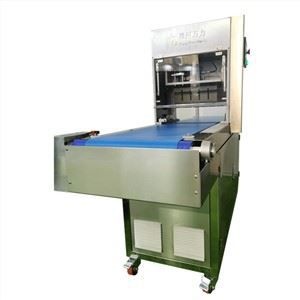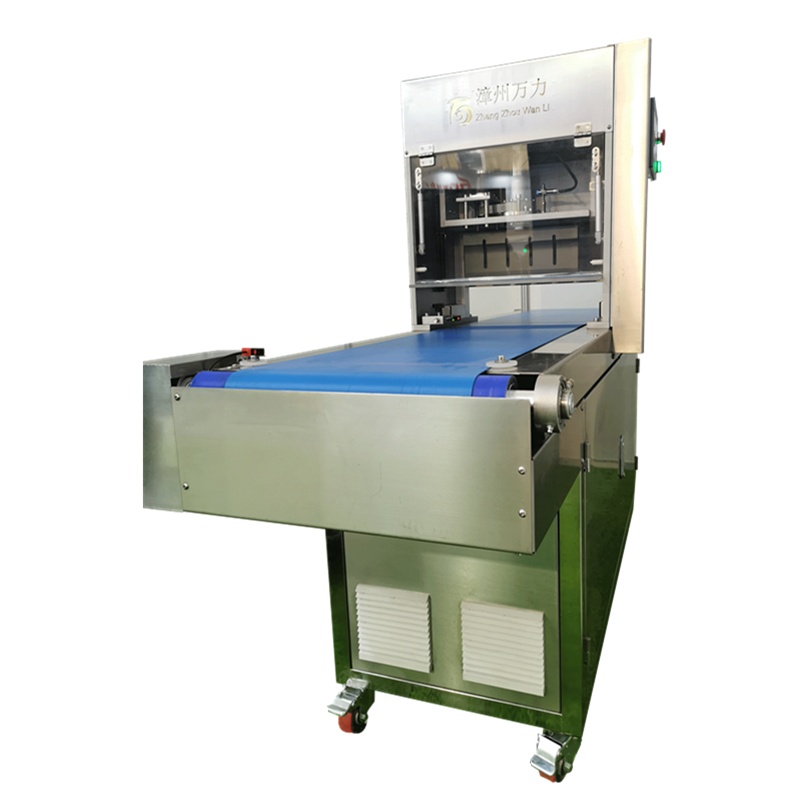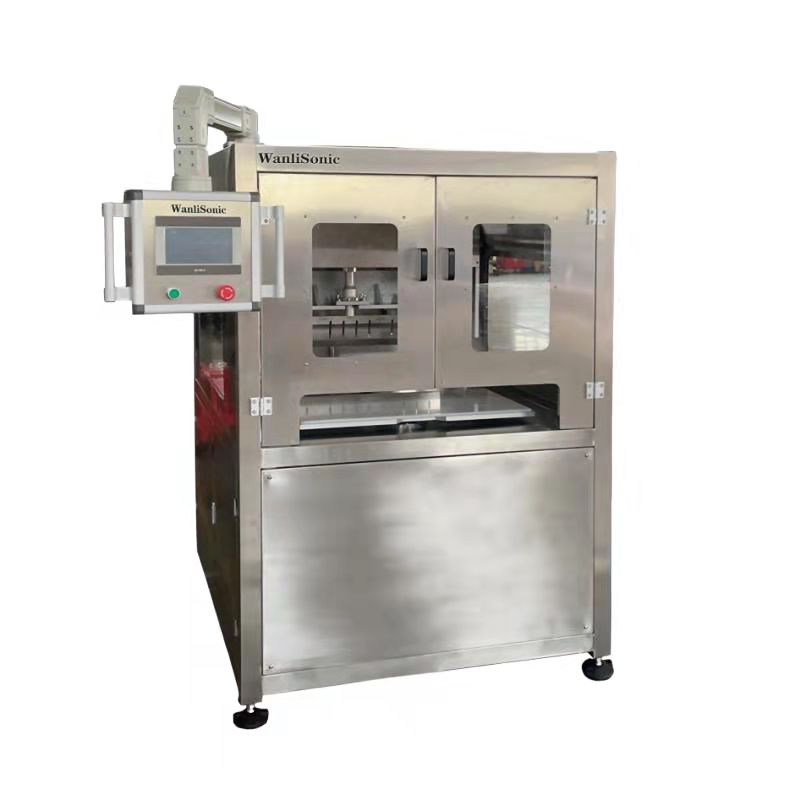Ultrasonic metal welding was accidentally discovered in the 1830s. At that time, when the current spot welding electrode was added to the ultrasonic vibration test, it was found that it could be welded without current, so the ultrasonic metal cold welding technology was developed. Although ultrasonic welding was discovered earlier, so far, its mechanism of action is not yet clear. It is similar to friction welding, but there is a difference. Ultrasonic welding time is very short and the temperature is lower than recrystallization; it is also different from pressure welding, because the static pressure applied is much smaller than pressure welding. It is generally believed that in the initial stage of the ultrasonic welding process, the oxide on the metal surface is tangentially vibrated, and the protruding part of the rough surface produces repeated microwelding and destruction processes to increase the contact area and increase the temperature of the welding zone High, plastic deformation occurs at the interface of the weldment. In this way, when the contact pressure is close to each other to the distance where the atomic gravity can act, a solder joint is formed. If the welding time is too long, or the amplitude of the ultrasonic wave is too large, the welding strength will be reduced, or even destroyed.
Features of ultrasonic metal welding
The characteristics of ultrasonic metal welding are: no need for flux and external heating, no deformation due to heat, no residual stress, and low requirements for pre-welding treatment on the surface of the weldment. Not only similar metals but also dissimilar metals can be welded. Thin sheets or filaments can be welded to thick plates. Ultrasonic welding has much less energy than current welding, and is often used for welding the leads of transistors or integrated circuits. When used for the sealing welding of drugs and explosive materials, it can avoid the general welding from contaminating medicines due to dissolved objects, and will not explode due to heat and so on.







